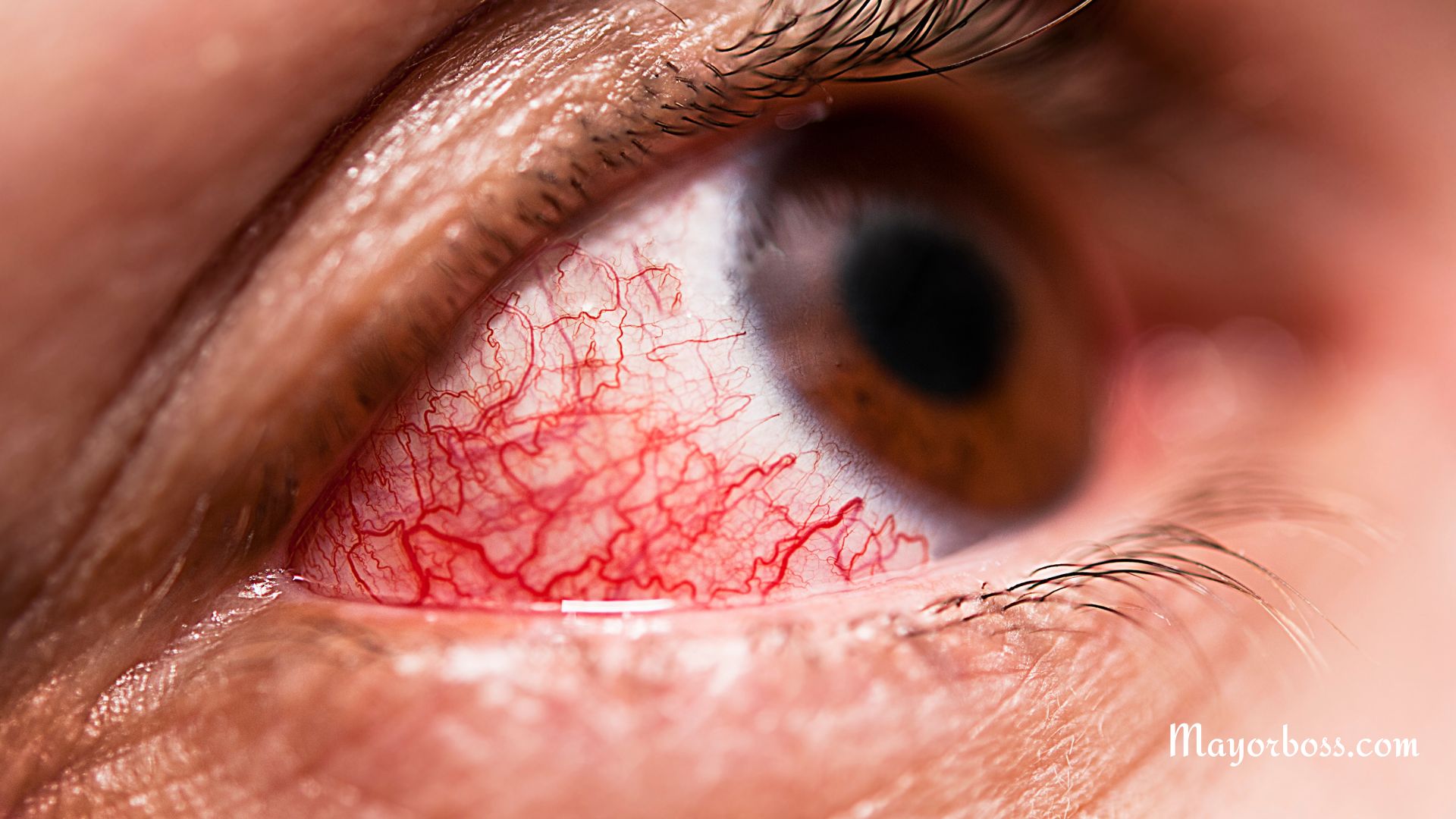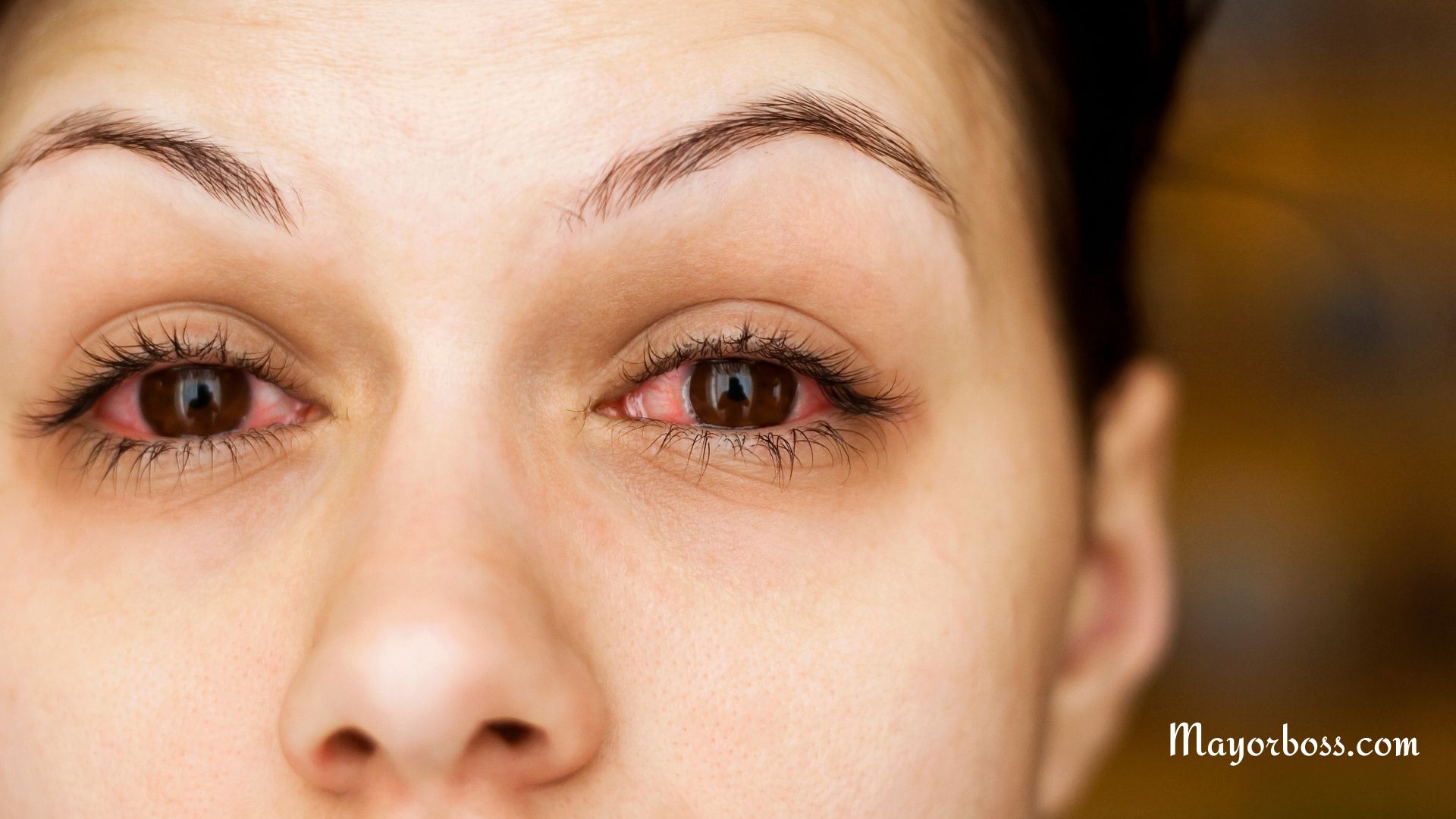What It Means When You Have Blood in Your Eye
When we say “blood in the eye,” we often refer to a subconjunctival hemorrhage. This is when a tiny blood vessel breaks just beneath the clear covering on the surface of your eye, called the conjunctiva. Because the conjunctiva is so thin, any bleeding underneath it is quite visible. It may make your eye look like it has a bright red patch against the white part, and that can be worrisome at first glance.
Sometimes, a more serious condition known as a hyphema can also cause blood to collect in the front part of your eye, between the colored portion (iris) and the cornea. This type of bleeding usually happens after an injury to the eye, but it can also be linked with other underlying problems. If you have a hyphema, it is best to consult an eye doctor right away.

Common Causes of a Subconjunctival Hemorrhage
Subconjunctival hemorrhages can result from a variety of routine activities. A simple sneeze, a strong cough, or even a hearty laugh might raise the pressure in your head enough to burst a tiny blood vessel. Sometimes, rubbing your eyes too hard or performing physically demanding tasks can trigger this bleed. In many instances, you might not remember doing anything unusual before you notice the red mark in your eye.
As alarming as it looks, a small subconjunctival hemorrhage is usually nothing more than a short-lived nuisance. In fact, many people remain unaware they have one until they see it in the mirror or someone points it out to them.
Signs and Symptoms
Often, subconjunctival hemorrhages pop up without pain or vision loss. You might only notice a patch of redness on the white of your eye. Sometimes, you could feel a mild itch or a sense of fullness, but that doesn’t happen in every case. If you do experience extra discomfort or if your vision blurs, that may be a sign of something more serious, like a scratch on the cornea or a different eye condition.
On the other hand, a hyphema might give you more troubling signs. You may see blood pooling in the front of your eye, have blurry vision, or feel pressure around the eye. Such symptoms call for quick medical attention.
Who Is at Greater Risk?
Anyone can develop a subconjunctival hemorrhage. But if you take blood thinners or have a bleeding disorder, you may be more prone to these small bleeds. Eye injuries from sports, construction work, or accidents can put you at risk for both subconjunctival hemorrhages and hyphemas.
Possible Complications
Most of the time, a subconjunctival hemorrhage will disappear without any lasting harm. Over the course of a week or two, the blood will gradually break down and be reabsorbed by your body. You might notice the red spot change to a yellowish shade as it heals, much like a bruise fading over time.
For a hyphema, there can be more serious risks. If you leave it unattended, the pressure inside your eye may rise, damaging the delicate structures that help you see. That is why it is important to see an eye doctor if you notice blood in the front part of your eye or if you have pain and blurred vision.
Tips for Prevention and Care
If you find yourself with a subconjunctival hemorrhage, don’t panic. You can ease your mind by resting your eyes, avoiding strenuous activities, and keeping them lubricated with artificial tears if you feel any dryness. A cold compress might reduce any mild irritation.
Wearing safety goggles or protective eyewear during sports or while working with tools is a wise step to help keep your eyes out of harm’s way. Also, if you’re prone to severe coughing or sneezing fits, talk with your doctor about ways to manage these issues. Sometimes, controlling allergies or coughs will lessen the chance of repeated eye bleeds.
When to Seek Medical Help
Although most minor bleeds resolve on their own, there are times when you should contact a doctor. If your eye remains red for longer than two weeks, or if you experience pain and changes in your vision, it’s a good idea to consult a healthcare professional. The same applies if you suffer a direct blow to the eye or if you’re prone to frequent subconjunctival hemorrhages. In these cases, your doctor may perform tests to rule out deeper issues.






